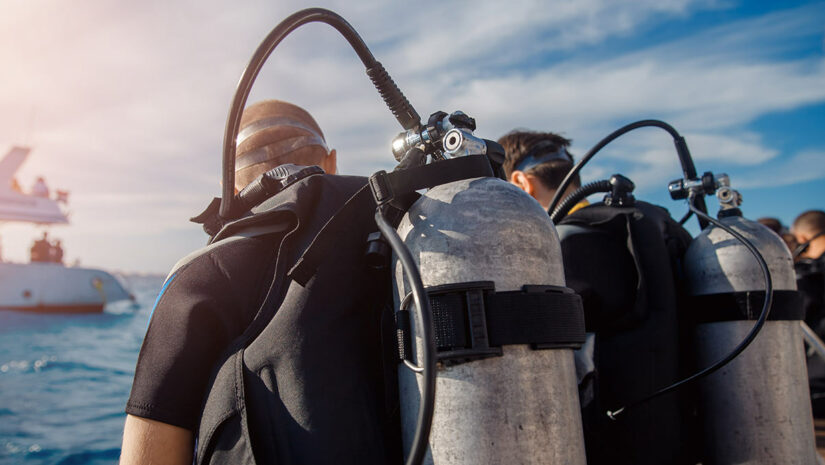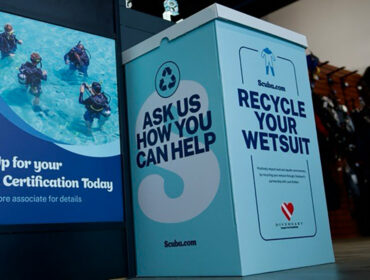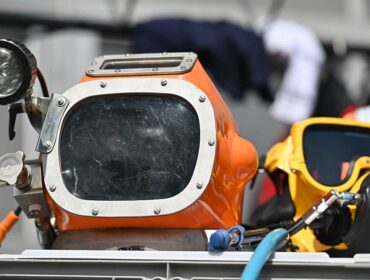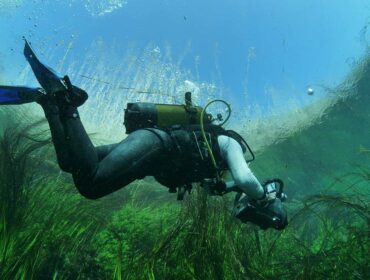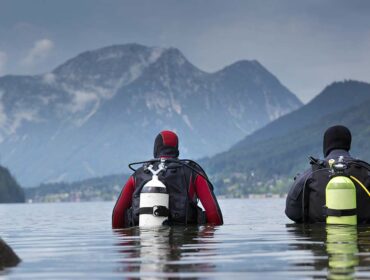As scuba divers, we want to be in the water as much as we possibly can, so we often plan multiple dives in one day. But in order to complete consecutive dives safely, surface intervals are incredibly important. This time on the surface is important for healthy recovery and safe diving, but not all divers make the most of their surface interval. Here are some tips on how to maximize your time on the surface between dives.
What is a surface interval?
A surface interval is the time you spend on the surface in between dives. Surface intervals are necessary to off-gas the nitrogen that has compounded in our bodies during diving. When we dive, nitrogen builds in our bodies, which can be dangerous if we don’t manage.
Surface intervals help you safely complete more than one dive per day, or consecutive dives over the course of a dive trip. During the surface interval, your body off-gasses a significant amount of residual nitrogen, which increases your maximum dive time for repetitive dives.
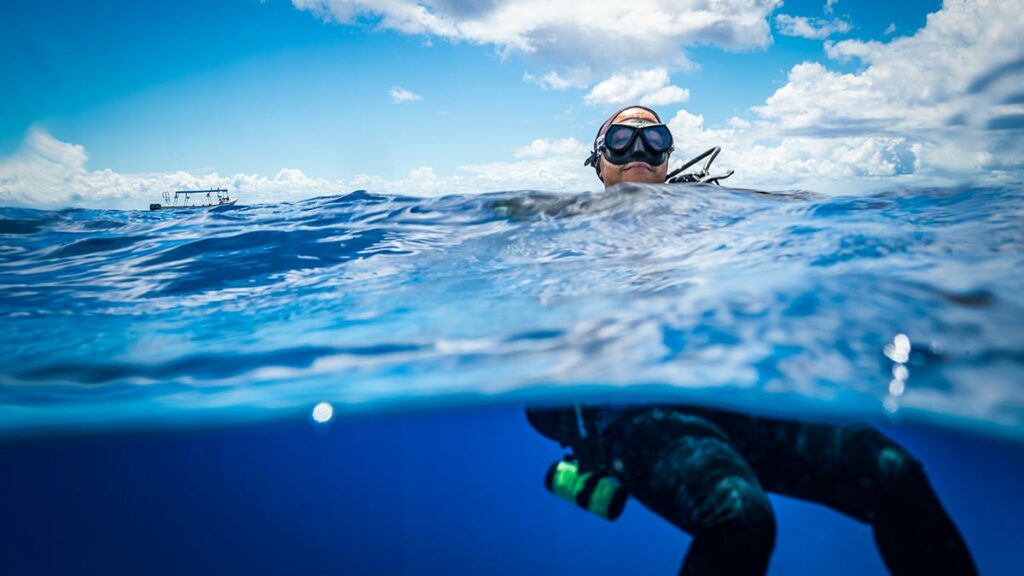
When does a surface interval begin?
The surface interval begins once the diver returns to the water surface and starts breathing on their own without the help of a regulator. Even if the diver is floating on the water surface for a while post-dive, it is still a part of the surface interval.
Factors that impact your diving surface interval
A handful of different factors impact your surface interval, including depth, time underwater, and number of dives. All of this information can be pulled from your dive computer and used to assess how much time you need to safely off-gas before you can dive again.
Depth
If your first dive was deep enough to reach your Non-Decompression Limit (NDL) or even crossed it by a little and your next dive is also going to be a deep one, you’ll need a surface interval of at least 2 hours.
Time underwater
The more time you spend underwater, the more nitrogen you are likely to absorb. The more nitrogen you absorb, the longer it will take to release it which will increase your minimum time between repetitive dives.
Number of dives
With every dive, your body absorbs more compressed nitrogen and your surface intervals become longer to dispel as much of this as possible. The more time you spend underwater, the more nitrogen you are likely to absorb. The more nitrogen you absorb, the longer it will take to release it which will increase your minimum surface interval between repetitive dives.
Water temperature
Whether you’re diving in cold or warm water also plays a role. The colder the water, the more effort a diver will exert in staying warm. With increased consumption of compressed air, the nitrogen content in the diver’s body also increases. This increases the residual nitrogen time and the length of the minimum surface interval.
Consult your dive computer often to determine how long your interval will be.
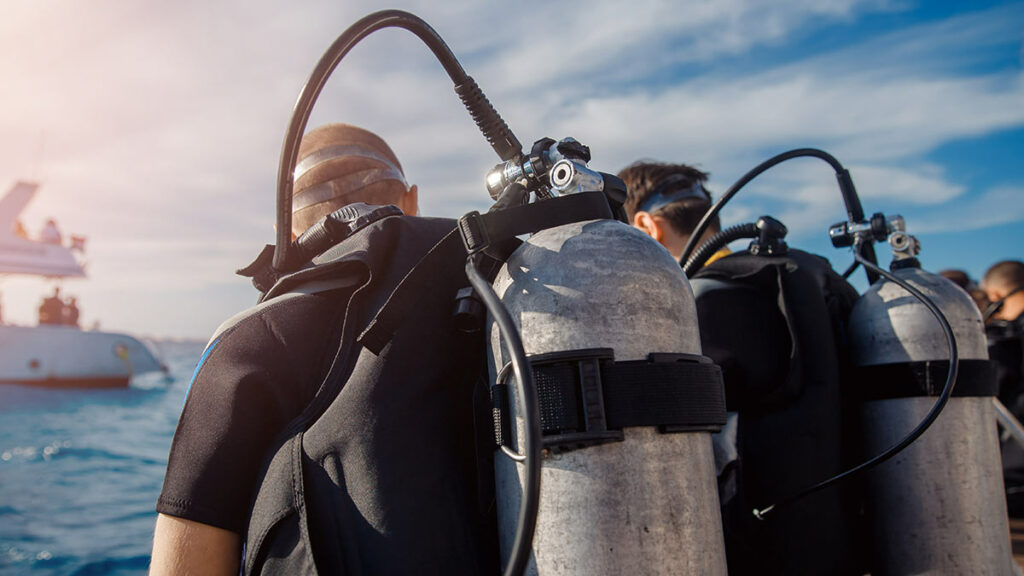
Tips to make the most of your scuba diving surface interval
Hydrate and rest
Recovery is the most important part of your surface interval. To really make the most of it and make sure you can continue to dive safely and comfortably, drink plenty of water and rest your muscles, lungs, and heart.
Make friends
If you’re diving with people that you don’t already know, this is a great time to get to know them. You might just find a new dive buddy during a brief interval!
Review your dive plan
Set aside a few minutes of the surface interval, to review the finished dive with your dive buddy and plan your next dive. Go over things like your air consumption and make any necessary adjustments to your next dive plan.
Research the area
If you have a longer interval, this might be a good time to do some research on the area you’re diving, especially if you’ve travelled to a new location. This will give you a chance to familiarize yourself with local customs and find other dive spots you might want to try!
Conclusion
Surface intervals are an incredibly important part of scuba diving, to protect yourself from things like decompression sickness due to excess nitrogen, and allow you to participate in consecutive dives safely.
They’re also a great opportunity to recover, review your dive plans, and make new friends!
How do you prefer to spend your surface intervals?

